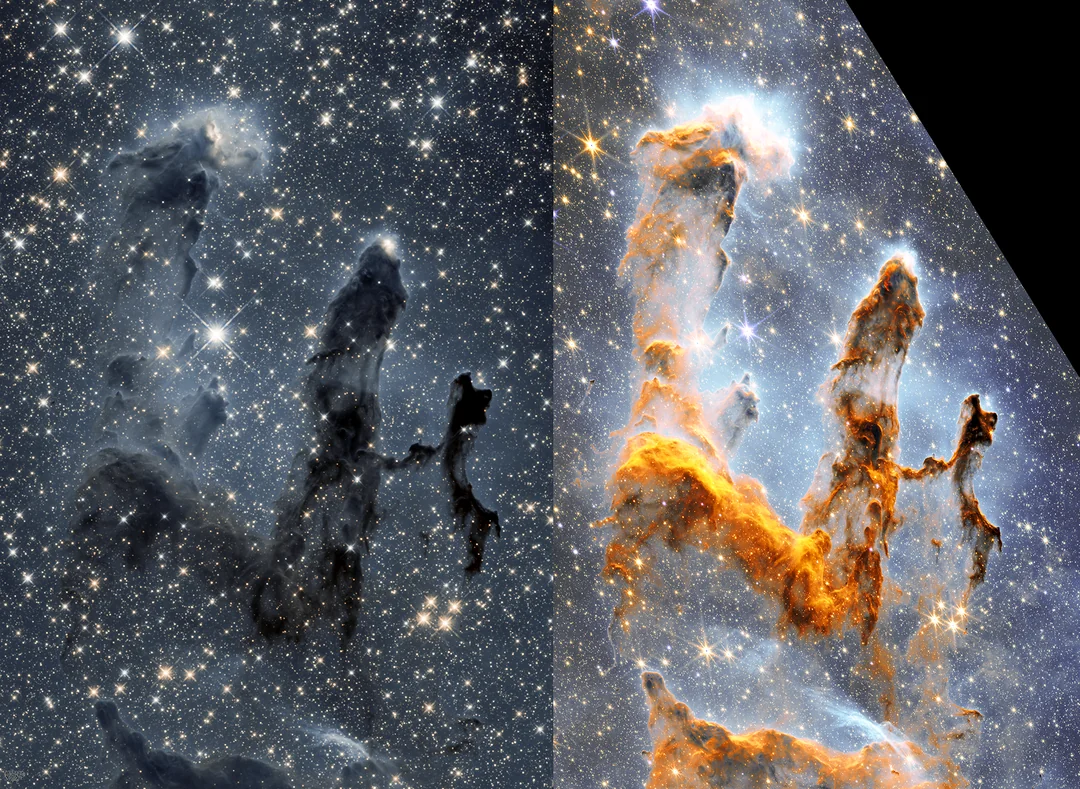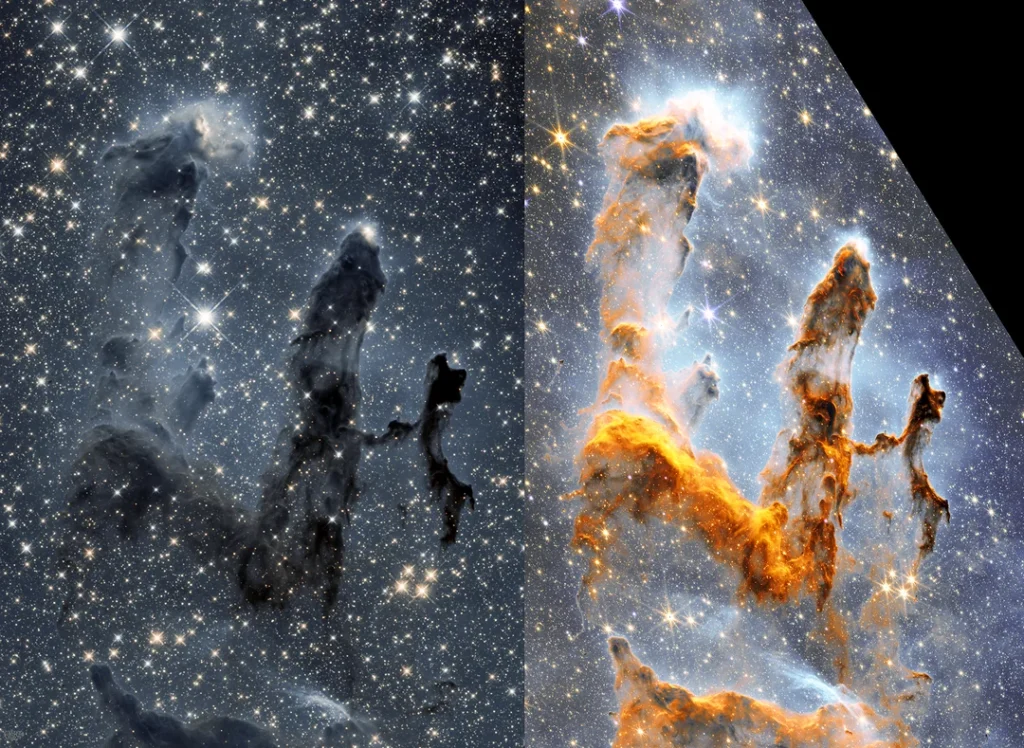
Every year in mid-August, North Americans enjoy a magnificent spectacle in the sky. Over the coming days, the Perseid meteor shower will be fully visible, often producing up to 100 meteors per hour. While this event can be seen with the naked eye, the universe holds even more amazing mysteries in deep space that have only now been discovered using the James Webb Space Telescope (JWST). While these discoveries may provide us with certain answers about the universe, each also opens up new questions of its own, leading to endless possibilities. Here’s a quick look at some of the best images taken so far, and the companies that made the James Webb Space Telescope a reality.
What is the James Webb Space Telescope?
The James Webb Space Telescope is a large space observatory, which became the successor to the Hubble Space Telescope after its successful launch in late 2021. Notably, the James Webb Space Telescope was a collaborative effort between agencies such as NASA, the European Space Agency, and the Canadian Space Agency. Its construction was primarily supervised by Northrop Grumman and Ball Aerospace Corporation.
This advanced telescope is equipped with a primary mirror with a diameter of 6.5 meters, and has the ability to monitor in the infrared spectrum, allowing it to look through dust clouds and study various astronomical phenomena.
Who was his name yet?
The James Webb Space Telescope is named after James E. Webb, who served as NASA’s second administrator from 1961 to 1968. During his tenure, Webb oversaw the development and early years of the Apollo program, which aimed to land humans on the moon. . He played a critical role in leading NASA through a transformative era, focusing not only on human spaceflight but also on a broader scientific agenda that laid the foundation for future space exploration. His leadership, vision, and support of space science and exploration contributed to the telescope being named after him.
What is its purpose?
The primary goal of JWST is to increase our understanding of the universe. This entails the following, and more.
- Investigate the formation of stars and planetary systemsBy observing in the infrared spectrum, the James Webb Space Telescope can penetrate dust clouds where stars and planets form, providing unprecedented insights into these processes.
- Study the evolution of galaxies: The telescope will monitor galaxies across cosmic time, shedding light on their formation, evolution, and the interaction between galaxies and their environments.
- Explore the conditions of life: The James Webb Space Telescope will map the atmospheres of exoplanets, and potentially determine the chemical signatures of habitable environments. This could enhance our understanding of the possibility of life beyond Earth.
- Probe the early universe: The telescope is designed to observe the most distant objects in the universe, enabling it to travel back in time to the era shortly after the Big Bang. This could provide fundamental insights into the early formation of structures in the universe.
To achieve these goals, the James Webb Space Telescope was placed in the so-called second Lagrange point (L2). There, gravitational forces and the orbital motion of the telescope, the Earth, and the Sun interact in a way that allows the telescope to remain in a stable position relative to the Earth. This location will enable the James Webb Space Telescope to remain quiet and provide an unobstructed view of the universe. Its mission represents a major leap in our understanding of the universe.
1. Protector of Earth
The universe is an amazingly big place. There’s no need to look that far, as there are still dozens of beautiful and impressive features to be found within our solar system. The James Webb Space Telescope demonstrated this perfectly after capturing one of our best views yet of Jupiter, aurora borealis, rings and all.
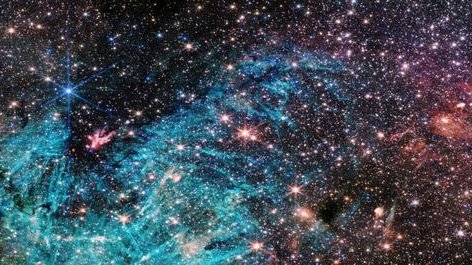
Many believe that Jupiter plays a particularly important role by acting as Earth’s protector. Due to its massive size and corresponding gravity, some believe that Jupiter is responsible for redirecting or capturing comets and asteroids before they have a chance to approach Earth. It should be noted that although he has earned the title of protector of the earth, there is no science that proves this conclusively. Right now, Jupiter is our best choice for identifying gas giants. In doing so, this knowledge could improve our understanding of similar planets found deep in space.
2. Living in a simulation
At first glance, it may appear as if the pair of active stars in the center of the image below are the “stars” of the show. Interestingly, this is not what has captured the imagination of many recently. Instead, if one looks closely enough (1/10 from the bottom, skewed slightly to the right) one will find a distant formation that looks a lot like a question mark.
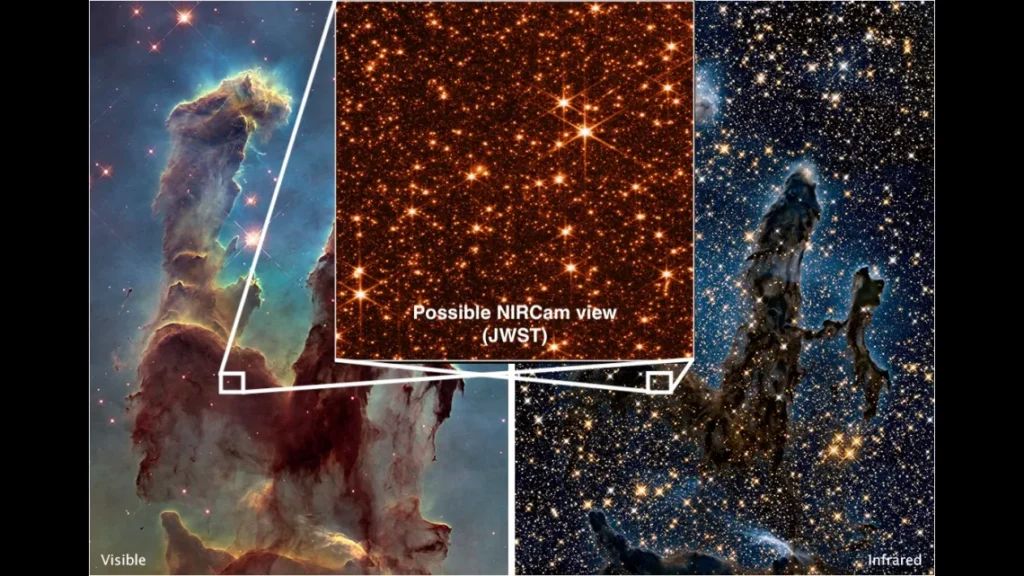
Naturally, this strange formation has led some to view its improbable existence as proof that we are Living in a simulation. Although this may be unlikely, the images have managed to spark conversation about the origin of such a formation, along with widespread interest in astronomy among the general public. Currently, scientists believe that the formation is the result of a collision/merger of two galaxies.
3. The Colors of Eärendel
At first glance, the following image showing the Colors of Eärendel doesn’t look as impressive as some of the others on this list. What makes it amazing is that Eärendel is the farthest star ever photographed.
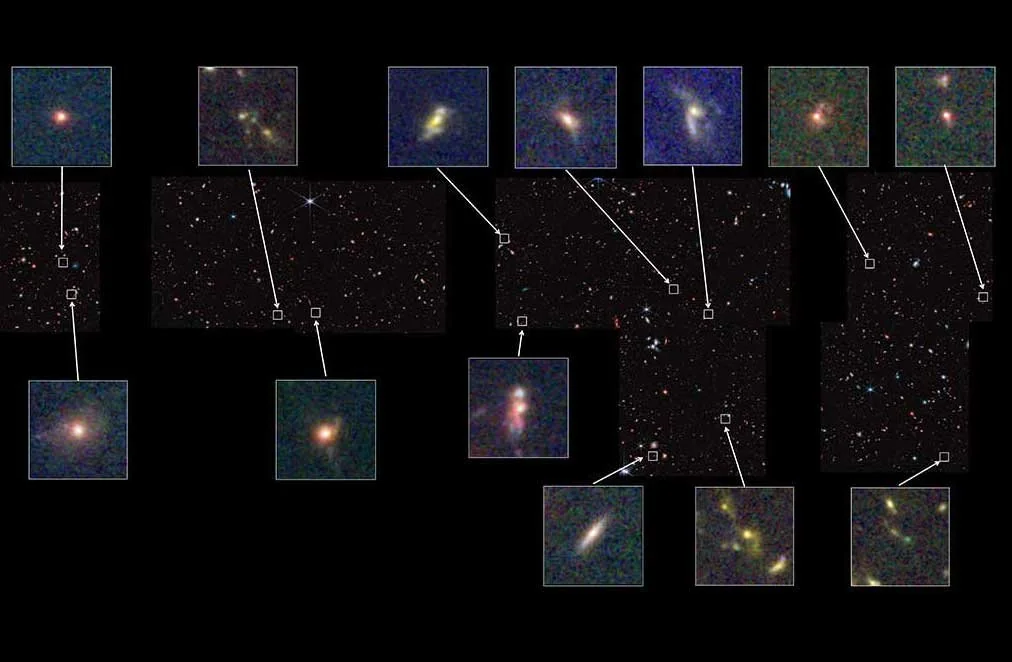
The star, Earendil, is believed to be located about 28 billion light-years from Earth. Due to its distance from Earth, the light we now see emitting from it originated 12.9 billion years ago. The name Earendel, meaning “dawn or morning star”, taken from the writings of J. R. R. Tolkien, was given to this star because it was suspected of being created near the dawn of time.
4. Star formation
To celebrate its first year of operation, the James Webb Space Telescope has released the following images showing the birth of several Sun-like stars. This formation is located in what is currently believed to be the closest region of space to Earth where such activity occurs.
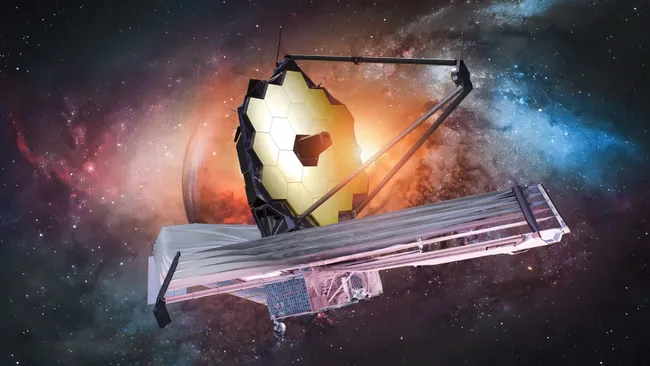
The image above shows a region of space located approximately 390 light-years from Earth, known as the Rho Ophiuchi cloud complex. It shows the formation of nearly 50 stars similar in size to our Sun. Such images are especially important because they provide insight into the formation of our Sun and the Solar System.
5. Re-imaging the pillars of creation
One of the most famous photographs ever taken was of the Pillars of Creation. First captured in 1995 in the Eagle Nebula, the Pillars of Creation have captured the imagination of scientists around the world with their beauty. Now, nearly 20 years later, the James Webb Space Telescope has re-imaged the Pillars of Creation.
By taking advantage of infrared cameras, the James Webb Space Telescope has been able to peer through vast layers of dust to reveal more detail and beauty in the pillars of creation than ever expected. This formation, located within the Eagle Nebula, is located about 6,500 light-years from Earth. Its name is derived from its appearance and tendency to form stars in vast plumes of dust and cloud
